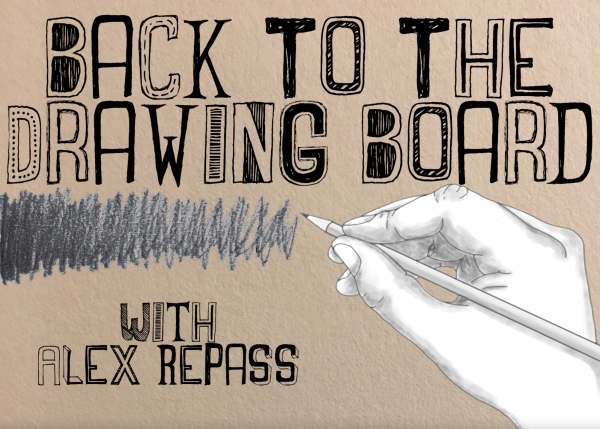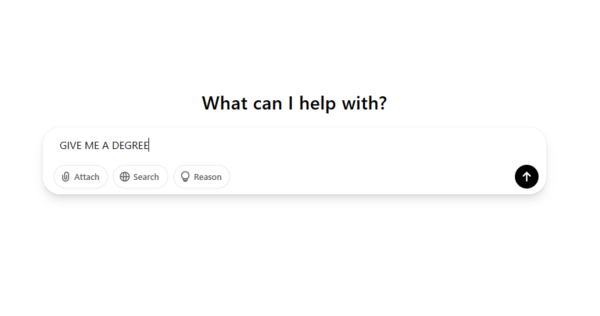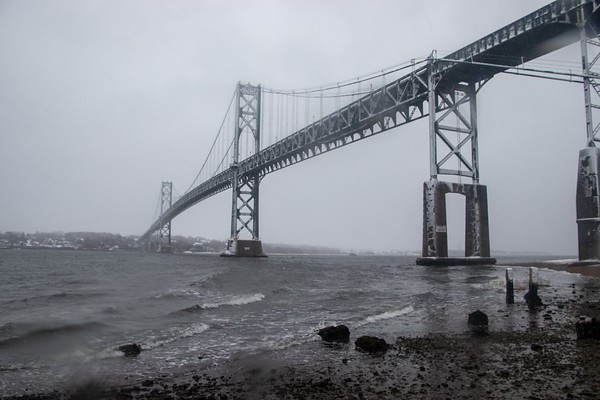Here’s why a border wall will not stop illegal immigration
Noah Ashe | Herald Contributor
Since he first announced his bid for the presidency, President Donald Trump has been intent on fulfilling his signature campaign promise by building a ‘barrier’ or a wall on the southern border with Mexico. Here’s the problem: there is a wall on the southern border. He initiated the longest government shutdown in our country’s history to demonstrate he’s serious.
To be clear, such a barrier between Mexico and the United States does exist. In some cases, it’s a fence topped with barbed wire. In other cases, there’s a physical wall complete with roads with which border guards frequently patrol.
Now you may be asking yourself, what about the areas that are unprotected by such a barrier? Should we feel unsafe? Maybe not. In places where there is no physical wall or barrier, natural barriers such as mountains, cliffs, canyons and rivers serve as a sufficient barrier.
However, according to our president, he paints a dangerous and unprotected border, rife with violent crime, drug cartels and those coming over are “bad hombres,” “rapists” and “drug dealers” albeit some of those coming across may be good people.
The American-Mexican border is over 2,000 miles long and has a variety of geographic features that make illegal crossings challenging, and in some cases possible. People can and have died trying to reach the U.S. Given this inherent risk, most illegal immigrants in the country do not just ‘hop’ across the border.
President Trump recently claimed during his State of the Union address that El Paso, Texas was one of the most dangerous cities in the country. El Paso is bordered by the Mexican city of Juarez. However, according to the FBI’s Uniformed Crime Reporting data, violent crime rates in El Paso were “well below” rates in comparable cities. Perhaps our president should take a look at this information, information that is in the public domain.
Now, what about public opinion? Do the majority of Americans support such a wall? According to the president, they do. However, a CBS News poll conducted in late November contradicts this. The poll noted that 59 percent do not support the construction of such a wall. The nine congressional representatives, who represent districts along the border, have publicly stated that they will not support such an idea. One of those is a Republican.
Another looming issue with a proposed border wall is his repeated claim that Mexico will pay for the wall. The Mexican government and several politicians have publicly rebuked Mr. Trump’s claims. President Trump then claimed that a new trade deal concluded with Mexico would then be used to fund the wall.
Here lies another problem: that’s not how international trade works. Revenue from any sort of trade deal concluded with Mexico does not go straight in the U.S. Treasury which could then be used to construct a wall. The costs of building such a wall would far exceed the $5.7 billion that the president is asking for border security. Some estimates have placed the cost of a physical barrier as little as $15 billion. That’s only $9.3 more billion dollars, such a small amount of money.
Unfortunately, the cost of $15 billion does not factor in costs to maintain the wall, paying for more border personnel, compensating landowners (there would be a lot of lawsuits arising from the eminent domain) and building supporting infrastructure. Not only would this cost more than $15 billion, but the question of who would pay for this has also still been unanswered.
Most likely, it would be the American public in the form of tax increases. Given all of this information, just to play devil’s advocate, if a wall was constructed, how much would this stem the flow of illegal immigration?
Data and estimates from the Department of Homeland Security dispute this. Illegal border crossings have been on the decline for the past two decades. In 2017 alone, illegal border crossing intrusions were at the lowest point since 1971. By the same token, most illicit drugs are seized at legal ports of entry, not on the open border. Substances such as heroin and cocaine 90 percent of the time come through legal points of entry, usually ports.
If after all of this, you still believe a border wall is effective — take an example from the Cold War. The Berlin Wall stood for 28 years. It symbolized the painful division of Europe during the Cold War. Constructed to stem the flow of defectors from East Germany and the Eastern Bloc, it was not entirely foolproof. During its existence, an estimated 5,000 people escaped into the West.
Now, I’m all for border security. The U.S. constantly faces internal and external threats. However, to throw away money at an ineffective solution to a large problem is another thing. The facts contradict our president on almost every facet of this issue. It’s time we go back to the drawing board and come up with a more effective and less costly solution to the immigration debate.





